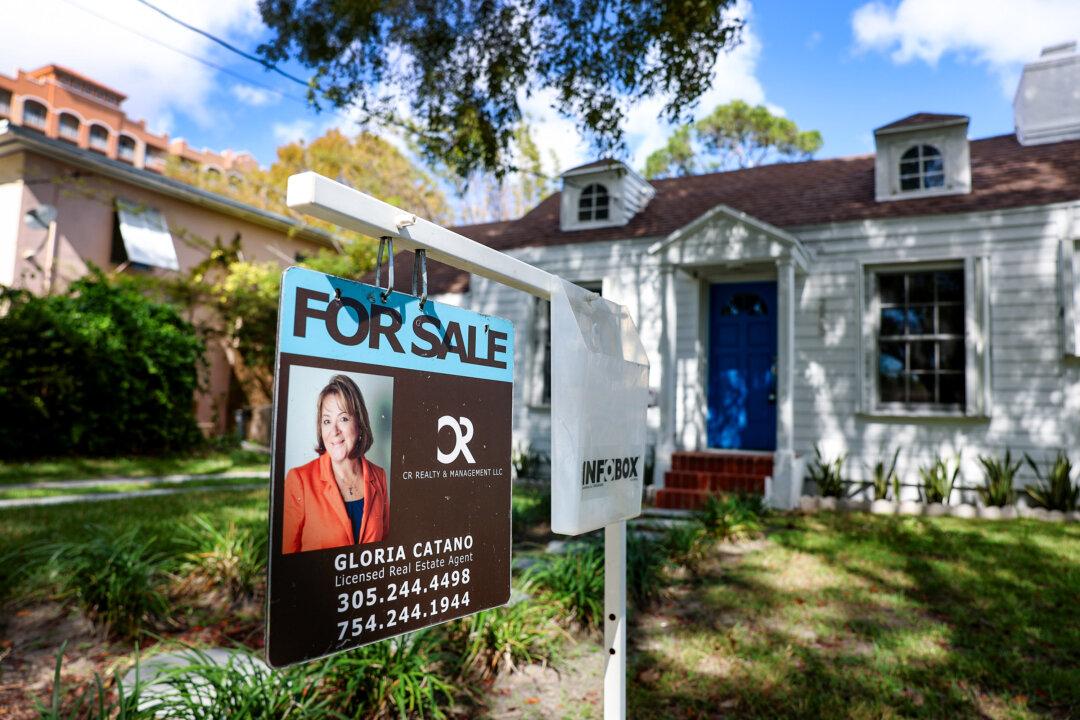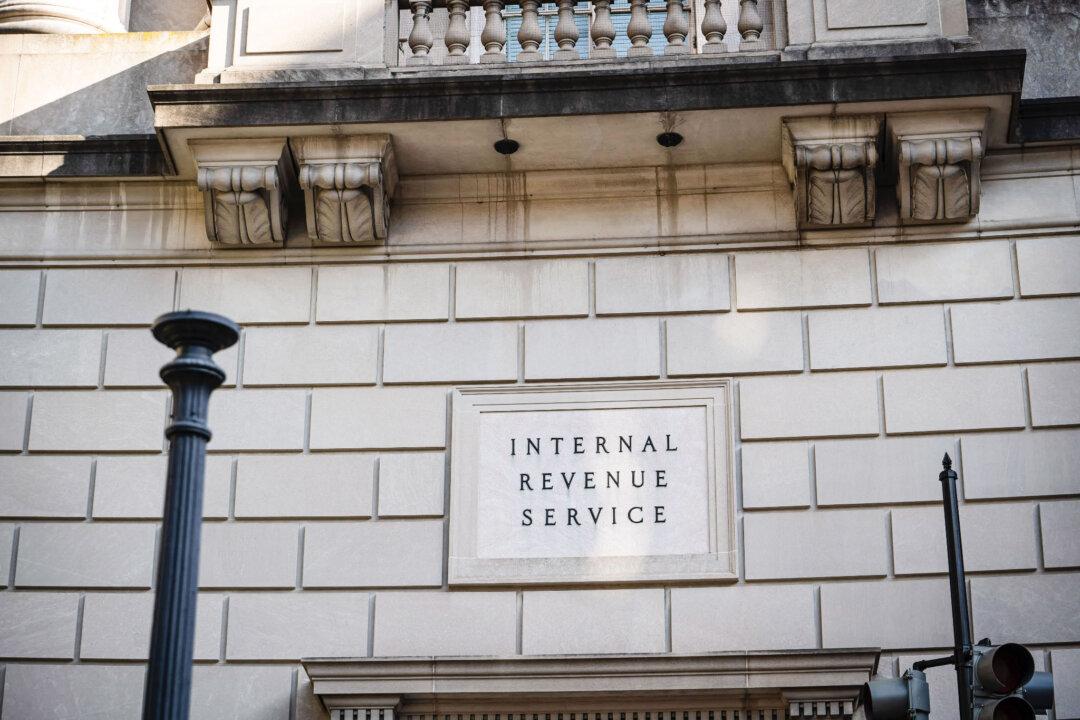Pending home sales transactions stopped declining in September, breaking away from the declining trend of the past several months, according to an Oct. 3 report by real estate brokerage Redfin.
The highest rises were in Phoenix, Arizona, with a 13 percent increase, followed by San Jose, California (12 percent), and Portland, Oregon (10 percent).
Redfin noted that home buying demand is beginning to improve in these places after declining to a low point in 2023 but pending sales remain below pre-COVID-19 pandemic levels.
Another signal of rising buyer interest is a jump in Redfin’s Homebuyer Demand Index, a measure of tours and other buying services from the firm’s agents. The index is up 9 percent month on month and is at its highest level since April this year.
Homebuyers were found to have locked in over twice as many mortgages compared to a month ago, with mortgage applications up by more than 10 percent during this period.
Redfin attributes the return of homebuyers into the housing market to the decline in housing costs. The average 30-year mortgage rate dropped to 6.08 percent last week, its lowest level in two years.
The typical homebuyer’s mortgage payment has fallen to $2,529, the lowest level since January. This is a 5.9 percent decline from last year, the largest annual drop since May 2020.
The U.S. Federal Reserve’s move to cut its benchmark interest rates last month has made many Americans realize that mortgage rates “have already declined about as much as they’re going to for the foreseeable future,” Redfin noted.
Declining mortgage rates are also encouraging property owners to sell their homes.
“Falling rates are an incentive for homeowners to sell, too, because they know demand is coming back and they feel less locked in by their relatively low rate,” Redfin agent Max Shadle said. “But many people still have an ultra-low mortgage rate from a few years ago, and they’re not quite ready to let go.”
Pending sales in August rose 0.6 percent according to data from the National Association of Realtors (NAR).
Interest Rates, Housing Market
Even though mortgage rates have dipped from recent highs, they remain elevated compared to previous years. The 30-year fixed-rate mortgage rate averaged 6.12 percent for the week ending Oct. 3, according to data from Freddie Mac. This is more than double the 3.01 percent rate from roughly three years ago.
“Zooming out to the bigger picture, mortgage rates have declined one and a half percentage points over the last 12 months, home price growth is slowing, inventory is increasing, and incomes continue to rise,” Khater said. “As a result, the backdrop for homebuyers this fall is improving and should continue through the rest of the year.”
“Purchase application activity was up for the week [ending Sept. 27] and increased more than 9 percent compared to last year at this time. Inventories of both new and existing homes have been increasing over the course of 2024, meaning that potential buyers have properties to look at and now have somewhat lower mortgage rates leading to better affordability,” Fratantoni said in an Oct. 2 statement.







